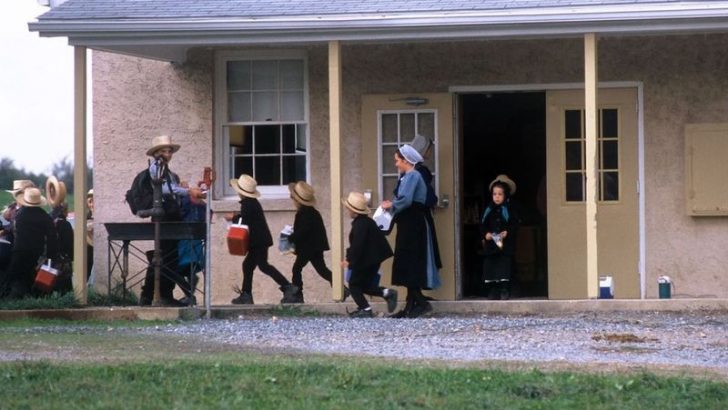Amish homes have intrigued many with their simple yet functional design, standing in stark contrast to the technology-driven modern homes we see today. Rooted in tradition, these homes reflect a lifestyle that values community, self-sufficiency, and harmony with nature.
The absence of modern conveniences like electricity and the emphasis on handmade craftsmanship create a unique living environment. This fascinating blend of tradition and practicality offers insights into a way of life that prioritizes connection over convenience. Exploring these homes provides a glimpse into a world where simplicity reigns and every element serves a purpose, embodying a timeless appeal that captivates the curious.
1. No Electricity

Amish homes are characterized by the absence of electricity. Instead, they rely on natural light, candles, and oil lamps to illuminate their interiors. This choice not only reflects their commitment to simplicity but also encourages a slower pace of life. Without the hum of modern appliances, the home environment remains peaceful and free from technological distractions. The use of alternative energy sources, such as solar panels or generators, is sometimes permitted but strictly controlled by community guidelines. This adaptation maintains their traditional values while allowing some modern conveniences.
2. Handmade Furniture
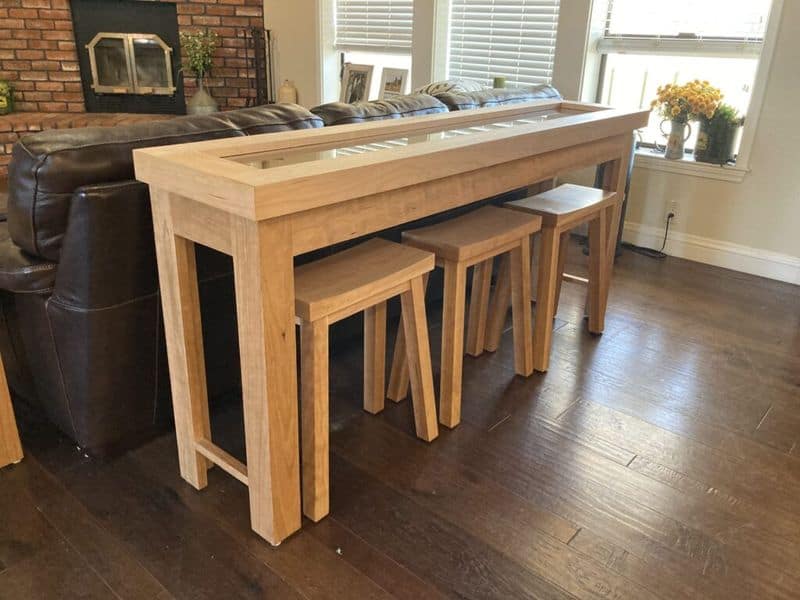
Amish homes are adorned with handmade furniture, crafted from solid wood like oak or cherry. These pieces are not only functional but also reflect the community’s dedication to quality and craftsmanship. Each item is meticulously built, often by family members, ensuring durability and uniqueness. The furniture design is simple yet elegant, with an emphasis on functionality and comfort. This approach supports sustainability and a connection to nature through the use of natural materials. The furniture’s timeless style adds warmth and character to Amish homes, making them inviting and cozy.
3. Wood-burning Stoves
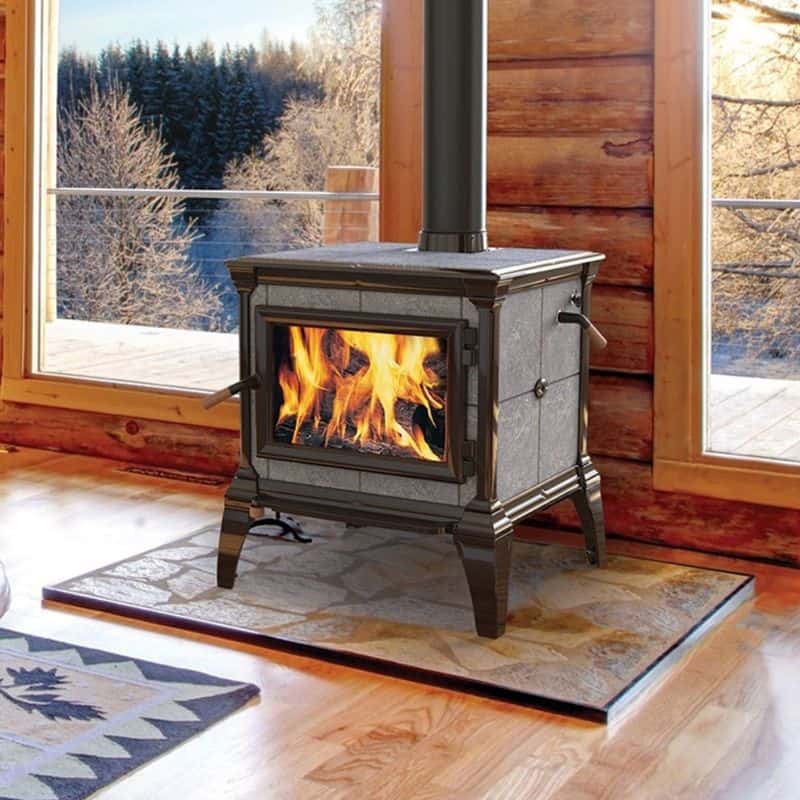
Wood-burning stoves are central to Amish homes, serving as both a cooking appliance and a heating source. These stoves are efficient and sustainable, requiring only wood to operate, which is often sourced locally. The stove’s warmth creates a cozy atmosphere, inviting family gatherings around its hearth. Cooking on a wood-burning stove requires skill and patience, reflecting the Amish value of hard work. The aromatic wood smoke and the crackling fire offer a sensory experience that connects occupants to the natural world, enhancing the home’s rustic charm.
4. Community Spaces
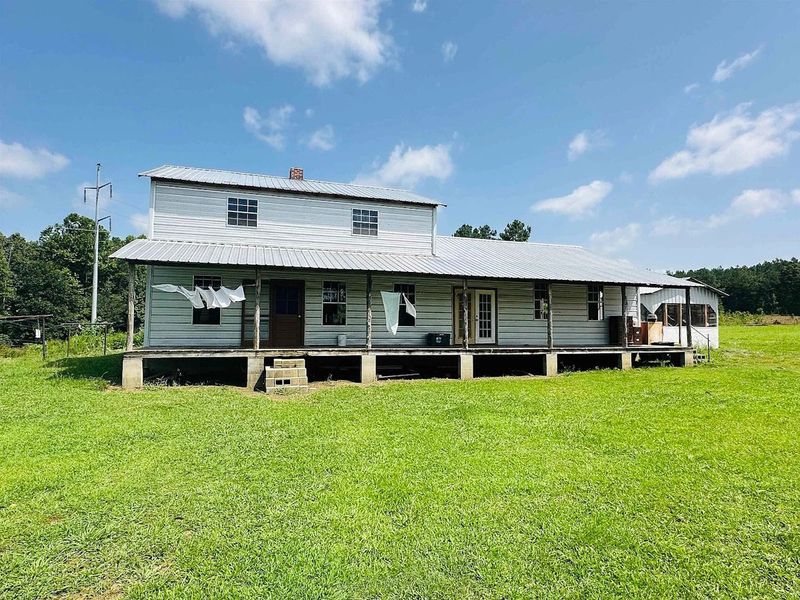
Amish homes often include spaces designed for community gatherings, reflecting their strong emphasis on social bonds. These areas, such as large kitchens or barns, accommodate communal meals and events. The design encourages interaction, with open layouts and ample seating. Handmade quilts and simple decor add warmth to these spaces, creating an inviting atmosphere. Community spaces are essential for maintaining social ties and supporting shared activities, fostering a sense of belonging. This architecture reflects the Amish value of togetherness and prioritizes relationships over individualism.
5. Minimalist Decor

The decor in Amish homes is intentionally minimalist, focusing on simplicity and functionality. Walls are often painted in neutral colors, and ornamentation is kept to a minimum. Handmade quilts, crafted with care, add color and pattern to spaces. Family photos may be displayed, but in simple frames that reflect humility and modesty. This minimalist approach reduces distractions and fosters a peaceful environment. The absence of clutter allows for a focus on what truly matters: family, faith, and community. This simplicity extends to all aspects of home life, promoting a serene and uncluttered space.
6. Manual Tools

In Amish homes, manual tools are preferred over electric ones, emphasizing self-reliance and craftsmanship. Workshops are equipped with hand saws, hammers, and other traditional tools, allowing for the creation of beautiful handmade items. This reliance on manual labor reflects a commitment to preserving traditional skills and methods. The use of such tools requires patience and expertise, fostering a deep connection to the work. By avoiding electrical devices, the Amish not only uphold their values but also produce high-quality, durable goods, reinforcing their reputation for exceptional craftsmanship and attention to detail.
7. Home Gardens

Amish homes are often accompanied by extensive gardens, providing fresh produce and herbs for their families. These gardens exemplify a commitment to self-sufficiency and sustainable living. Families tend to their gardens diligently, using natural methods and avoiding chemical pesticides. Gardening is a communal activity, involving all family members and fostering a connection to the land. The produce harvested is not only consumed but also preserved for future use. This practice reflects the Amish values of hard work and resourcefulness, ensuring food security and promoting a healthy lifestyle.
8. Horse-Drawn Vehicles

Transportation for the Amish is predominantly horse-drawn, with buggies being a common sight around their homes. These vehicles symbolize a commitment to tradition and a slower, more mindful way of life. Horse-drawn transportation reduces environmental impact and fosters a closer relationship with animals. The pace is leisurely, allowing occupants to enjoy the surrounding landscapes. Maintaining buggies and caring for horses require dedication and skill, reflecting the Amish emphasis on responsibility and stewardship. This mode of transportation reinforces a connection to the past while serving practical needs in the present.
9. Quilt Making
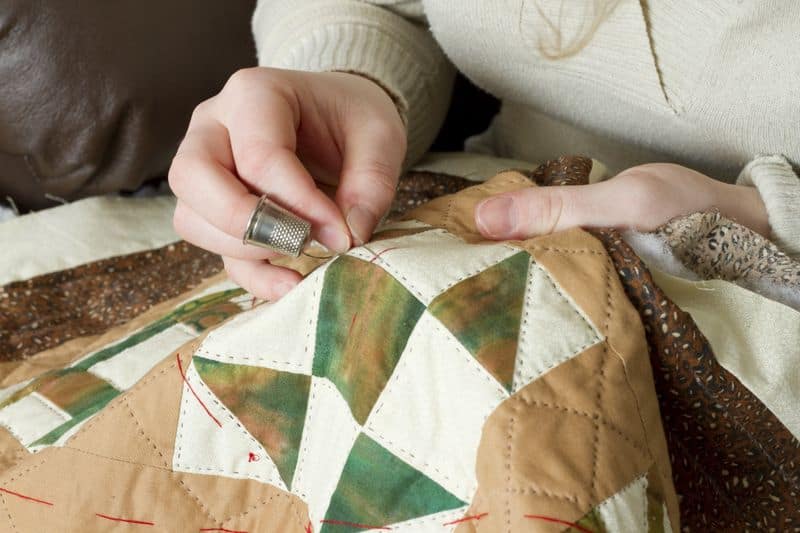
Quilt making is a cherished craft in Amish homes, combining artistry with practicality. Quilts are handcrafted, often during community gatherings known as quilting bees. This activity is a social event, strengthening bonds among participants. Each quilt tells a story through its patterns and colors, reflecting personal or communal history. The craftsmanship is meticulous, ensuring each piece is both beautiful and functional. Quilts provide warmth and comfort, symbolizing care and tradition. This art form is passed down through generations, preserving cultural heritage and fostering creativity within the community.

Well, hello there!
My name is Jennifer. Besides being an orthodontist, I am a mother to 3 playful boys. In this motherhood journey, I can say I will never know everything. That’s why I always strive to read a lot, and that’s why I started writing about all the smithereens I came across so that you can have everything in one place! Enjoy and stay positive; you’ve got this!

